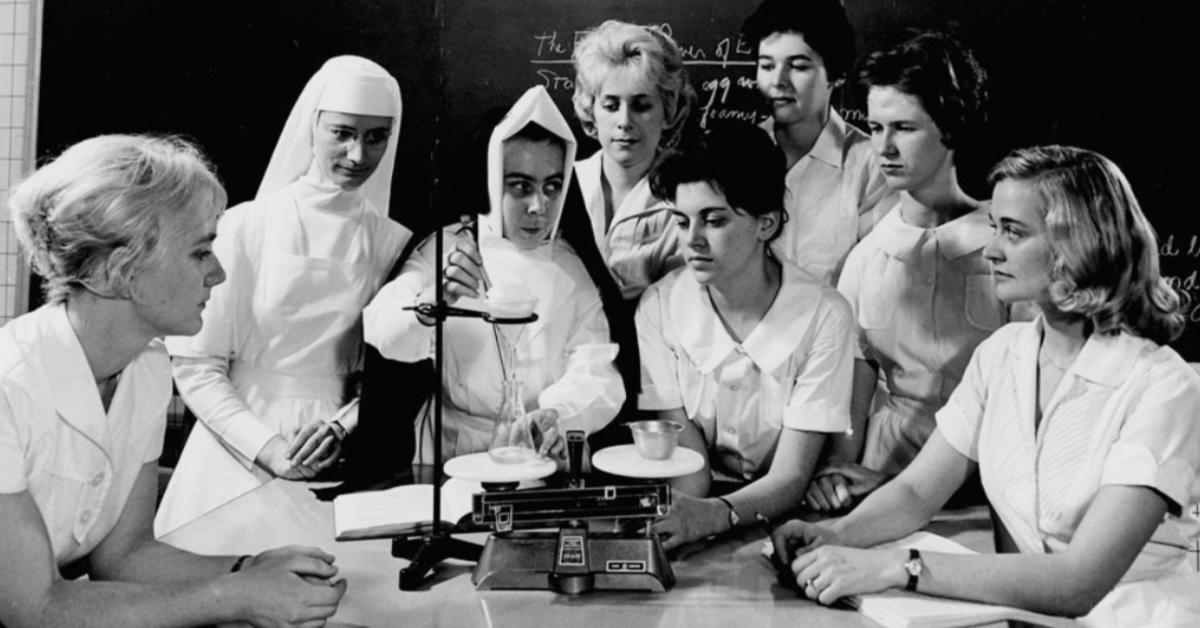It can be difficult to trace the history of women’s contributions to science, technology, engineering and mathematics because women are still generally underrepresented in textbooks.
To help remedy this situation, Ruby Heap, Professor Emeritus in the Department of History at the Faculty of Arts, teamed up with Monique Frize, the first female graduate of the University’s Faculty of Engineering, and Professor Claire Deschênes of Laval University to instigate the Canadian Archive of Women in STEM project.
“When I first got interested in the history of women in engineering, I was immediately struck by the lack of documentation in the archives. I asked myself why spend time on this topic if there was so little to report?” says Professor Heap. “An American colleague then suggested I take a different approach: we needed to understand why women were so invisible in the history of STEM. That’s when it clicked.”
Collectively, we don’t know enough about the impact of women on innovation in Canada. But the more you comb through the archives and gather stories, the more you realize that the history of women in STEM is rich, wide-ranging and fascinating.
The Canadian Archives of Women in STEM, a portal launched in 2018, aims to gather and make available a host of historical documents that will enhance knowledge and support current and future research, most notably in feminist studies and history. This web directory, which lists records and collections from across the country, is the product of a close collaboration between the Library of the University of Ottawa, Library and Archives Canada, and the Education Research Institute of the International Network of Women Engineers and Scientists (INWES-ERI).
Paving the way for future generations
Although times are changing, men still occupy the majority of positions in STEM fields, hence the vital importance of highlighting role models for women and girls interested in science. By a more diversified history, telling the stories of women who have worked in STEM, and underscoring their contributions to scientific and technological progress, we will inspire future generations.
“If we want young girls to truly believe they have a place in STEM fields, they need to have role models and be able to build on the work of their predecessors who have contributed to the advancement of these disciplines,” says Heap.
Monique Frize, an acclaimed biomedical engineer and uOttawa professor, was one of the founders of the archive’s portal. She was also the first to donate her documents to the archives and continues to encourage her female peers to send in their stories, documents, and artefacts to enrich the collection. The University of Ottawa Press will soon publish her autobiography, entitled A Woman in Engineering: Memoirs of a Trailblazer.
The history of women in STEM is still young and the growth of the archive’s collection will allow significant and rapid progress. Women currently working in STEM fields are living in a pivotal era and must help build and promote their collective memory.
“There are professors and students here at the University of Ottawa who surely have an exceptional story to tell. If I could get only one message across, it would be to remind them not to underestimate their contributions to fields that will characterize our times,” says Professor Heap.
The University of Ottawa Archives and Special Collections recently acquired the documents of engineer and pioneer Claudette Mackay Lassonde. This generous gift is a significant addition to the archives of Monique Frize and those of INWES, which are available for consultation at the Morisset Library.
To learn more about the project, or to conduct research in the archives, donate archival material, or check whether your files or artefacts can be added to the collection, visit the Canadian Archive of Women in STEM website.
